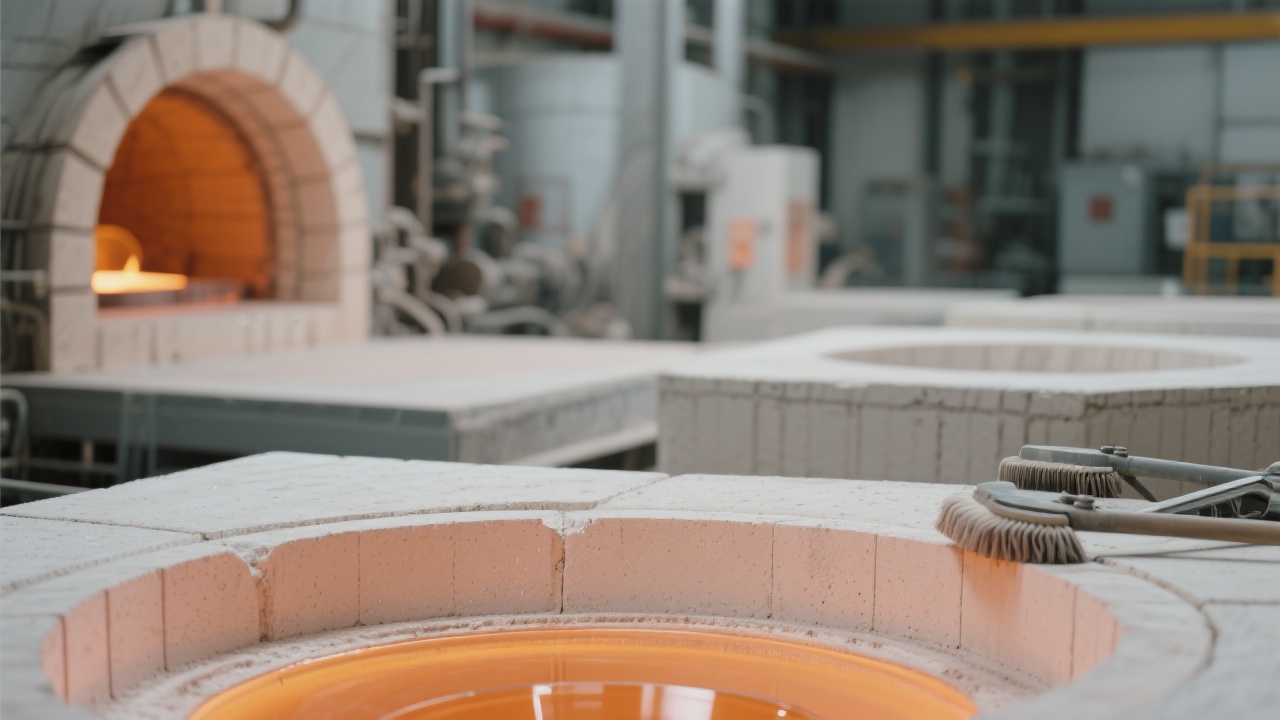
As a steel plant engineer or maintenance lead, you know that furnace uptime isn’t just about equipment—it’s about material performance under extreme thermal cycling. In today’s high-output environments, even a 5% drop in refractory life can cost thousands in unplanned downtime.
Red zirconia bricks—especially those engineered for rapid temperature changes—are your best defense against premature failure. But how do you ensure they perform at peak efficiency over time?
According to a 2023 study by the International Journal of Refractories, red zirconia bricks show up to 40% better resistance to thermal shock compared to standard alumina-silica bricks when subjected to repeated heating cycles (from 30°C to 1350°C).
“In our blast furnace operations, switching to red zirconia reduced hot face cracking by 67% within six months.” — Dr. Ahmed Hassan, Senior Materials Engineer, Middle East Steel Co.
This isn't just theory—it's real-world impact. The key lies in their unique microstructure: fine-grained zirconia crystals embedded in a mullite matrix create internal stress relief pathways that prevent crack propagation during fast heating or cooling.
| Mistake | Impact | Fix |
|---|---|---|
| Improper mortar mixing ratio | Up to 30% faster degradation due to mismatched expansion coefficients | Use manufacturer-recommended mix (typically 5–7% binder) |
| Skipping pre-heating steps | Can cause surface spalling during first heat-up | Allow 2–4 hours at 150°C before full operation |
These aren’t minor oversights—they’re avoidable root causes of early failure. A well-trained team can reduce refractory replacement costs by up to 25%, based on data from European steel mills using structured maintenance programs.
Your eyes are your first diagnostic tool. Look for:
Implement a monthly visual inspection checklist. Use thermal imaging tools if available—you’ll catch issues before they escalate into costly repairs.

You don’t need to be a materials scientist to see what matters. Just stay observant—and act early.
Whether you're optimizing an existing setup or planning a new furnace lining, understanding red zirconia’s behavior is the foundation of smarter operations.
Get Your Customized Maintenance Plan Now

